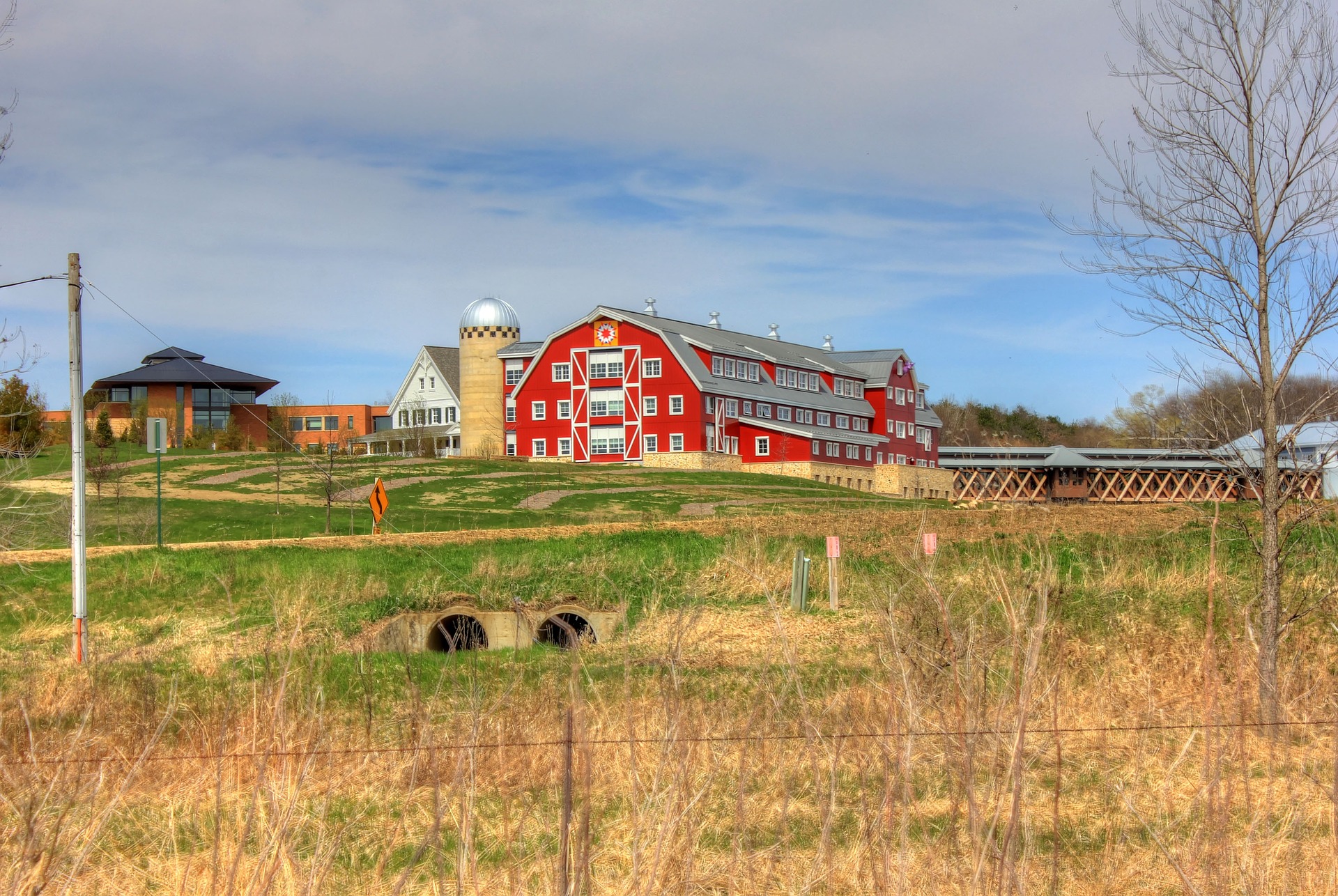By Claudio Magliulo
Bologna is Italy’s capital city for organic agriculture. Downtown, the major Italian organic certification bodies have their headquarters. In the surrounding suburbs, crowned by long lines of 1960s buildings, older, mostly retired people are leading the way in a return to the earth.
They are called “urban gardens”: small plots of land for growing vegetables. The city owns the land and grants it to whoever asks for it. In Bologna there are 2700 urban gardener plots, organized in 20 areas throughout the city. The garden size is usually 40 square meters, and costs about 40 euros per year for the upkeep. The gardens are also great ways for the elderly to socialize and spend their time.
The city of Bologna started the experiment more than 30 years ago, and now is seeing the first wave of city gardeners hand the baton to a new generation. These new gardeners are facing some challenges. Because they are usually high-qualified ex-clerks, born and raised in the city, they are discovering gardening at a mature age, and are less skilled than the older generation but have a stronger feeling for growing organic
“The first wave was people who already had worked in the fields, they know exactly what to do and how to do it” says Daniele Dall’Ara, an organic movement activist “It was really difficult to breach the wall of their convictions with pro-organic campaigns. Some of them used fungicides calling it ‘water’!”
With the aim of spreading organic agriculture and ensure the urban gardens survival, the large-scale retailer Coop Adriatica held workshops in the suburbs. They consist of four theoretical lessons and one practical, and the subjects range from proper sowing times to lunar cycles, giving particular attention to fertilizing techniques.
“They want to know the chemical composition of fertilizer, they worry about their own health and their grandchildren’s” tells Germano Piani, urban gardener himself and coordinator of Environment group in Coop Adriatica.
The great challenge urban gardens are now facing is to avoid defections. Grandparents from 2011 are busier than their colleagues from 20 years ago: grandchildren to take care of, sometimes for the whole day, maybe an odd job to supplement an ever lighter pension. In the last years the defection rate has grown significantly. And somebody in the neighbourhood would rather prefer a little tidy public park with benches and small paths for the elders. A vision not shared with the gardeners, who earn a great joy from those few square meters of ground.
Adriano Fossati, veteran of via Salgari’s gardeners, complains: “Just a few years ago there was a long list of applications for any single plot. Now you can see some plots deserted, full of weeds. There’s only a few young people, unfortunately”.
The criteria to assign the plots openly favor retired people. But an unexpected help is coming from immigrants. “Last year two families of Pakistanis who live here in via Salgari got a plot” Mr. Fossati tells. He goes on to say “at the very beginning they didn’t know where to put their hands, so each one of us gave some advice and eventually they grew some huge vegetables. They say it was the Pakistani equivalent for our broccoli.”
Italy is being badly hit by the debt crisis, and more vulnerable classes (retired people, immigrants, working class) are experiencing a drop in their livelihoods. Urban gardens could not only be a solution to ease the vulnerability of the urban population, but also could strengthen social ties through small-scale organic agriculture, unlike buying food through a large-scale retail system.
Claudio Magliulo is a journalist who lives and works in Italy. See more of his writing atclaudiomagliulo.wordpress.com.
To search for locally grown food in your area (in the U.S.) check out Pick-A-Pepper.com
Similar Stories:
- Federally Funded Grants for US Farmers
- The Shelf Life of Seeds
- The Community Gardens of Paris
- Organic, No-Till Gardening
- The Power of Planting a Garden




